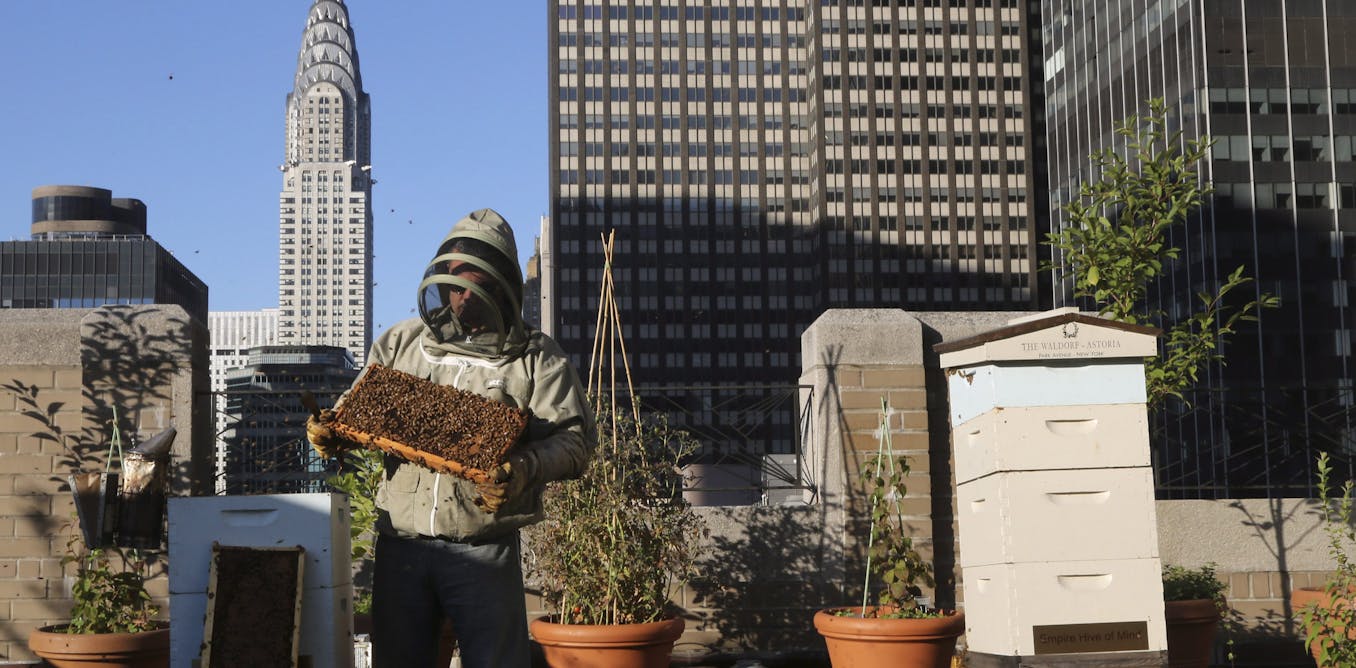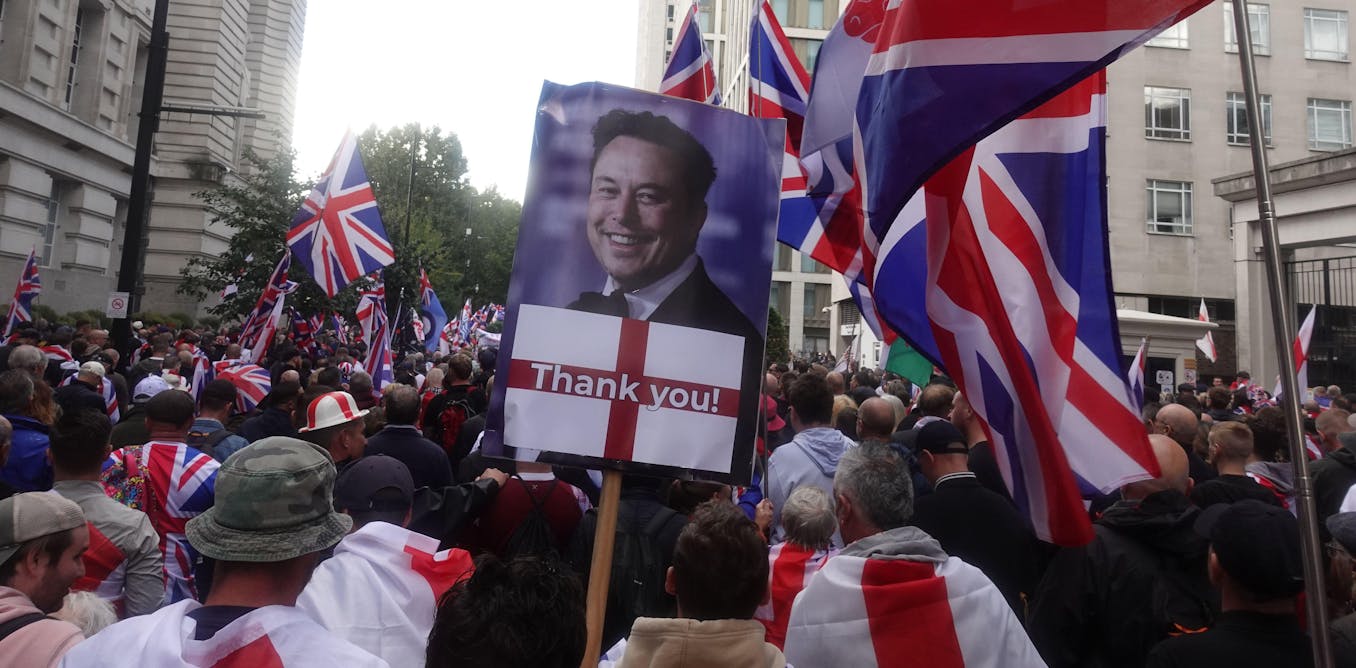In recent years, there has been a notable surge in Canada and around the world in the popularity of urban beekeeping. Driven by a heightened awareness of the vital role of pollinators and the practice’s increasing recognition, more Canadians than ever are looking to suit up and keep their own bees — and not just rural Canadians.
Pollinators appear to be well-suited for the urban landscape. Cities shield them from many agricultural pesticides and predators, offer a wide diversity of vegetation and extend the pollination season by providing warmer ground temperatures. However, despite these potential advantages, honeybee populations have not always fared well in cities.
In a recent study we found a 26 per cent beehive mortality rate in Toronto, surpassing the rates observed in the province of Ontario (17.8 per cent) and Canada as a whole (23.2 per cent) for the same year. This trend appears to be consistent across cities in Canada, where urban beekeepers reported above-average hive mortality rates.
As specialists in urban environment, we sought to understand why honeybees may be experiencing a higher hive mortality rate in cities than their rural counterparts. Our study used data — provided by urban beekeeping company Alvéole — from 3,697 honeybee hives between 2017 and 2022 in Montréal and Toronto to assess the effect of urban and environmental factors on hive survival.
Our results can tell us much about how to design urban environments in Canada which are healthier for both bees and humans alike.
Challenges to survival
Our analysis identified four key factors that influence the likelihood of honeybee hive survival in Canadian cities.
First, hives require a density of flowering vegetation nearby in order to survive. To improve foraging opportunities, planners should prioritize strategies aimed at enhancing urban vegetation. By integrating vegetation planning into urban development strategies, cities can cultivate biodiverse environments that are conducive to pollinators and contribute to the overall urban environment.
Second, our research corroborates the detrimental effect of air pollution on honeybee health. We found that even minimal levels of exposure to air pollutants — such as ozone — in cities may significantly compromise hive survival. This underscores the necessity for urban air quality objectives to encompass not only human health and carbon emissions but also the ecological well-being of pollinators and all non-humans.
An effective initiative to mitigate the impact of air pollution on pollinators is the creation of urban green space corridors, such as the Darlington corridor in Montréal.
Third, we show that above a certain threshold, the more hives there are in a given area, the lower the chances of survival each hive will have. This concern is heightened as studies have demonstrated how the introduction of western honeybees may negatively impact native pollinators through foraging competition.
To reduce resource competition, policymakers should consider imposing limits on the number of hives. However, much more research is needed to determine specific carrying capacities and establish whether implementing a city- or neighbourhood-wide hive limit could effectively ensure the health and survival of honeybees.
Policymakers should also seek to mandate that new vegetation be planted alongside new hives both to reduce the risk of resource competition and benefit human populations through mitigating climate change and alleviating heat islands.
Finally, we observed a clear correlation between honeybee survival rates and the overall level of urban environmental policies within each city.
For example, the noticeably better performance of hives in Toronto may be due to efforts from the city and province to ban cosmetic (non-agricultural) pesticides compared to Montréal, which only moved to ban pesticides in 2022. Additionally, our data allows us to assess the impact of the COVID-19 pandemic, which seems to have had a positive effect on honeybee hive health in both cities — likely as a result of lower levels of air pollution from decreased vehicle traffic.
(AP Photo/Markus Schreiber)
The pandemic’s positive effect could also be attributed to initiatives aimed at embellishing public spaces, such as parks and the public right-of-way, to promote safe outdoor activities during the COVID-19 pandemic.
Taking action
Our findings highlight the need for urban planners to consider neighbourhood-scale environmental factors to help ensure the survival of urban honeybee hives.
Moves to implement cleaner forms of transportation are essential along with efforts to enhance urban biodiversity by prohibiting pesticide use and encouraging the planting of bee-friendly plant species through subsidies and educational initiatives.
Our findings regarding the health of honeybee hives underscores the importance of integrating environmental considerations into urban planning to create cities which are healthy and liveable for both humans and our apine friends.

The post “How the health of honeybee hives can inform environmental policies in Canadian cities” by Mischa Young, Professeur adjoint, Université de l’Ontario français was published on 06/12/2024 by theconversation.com






































